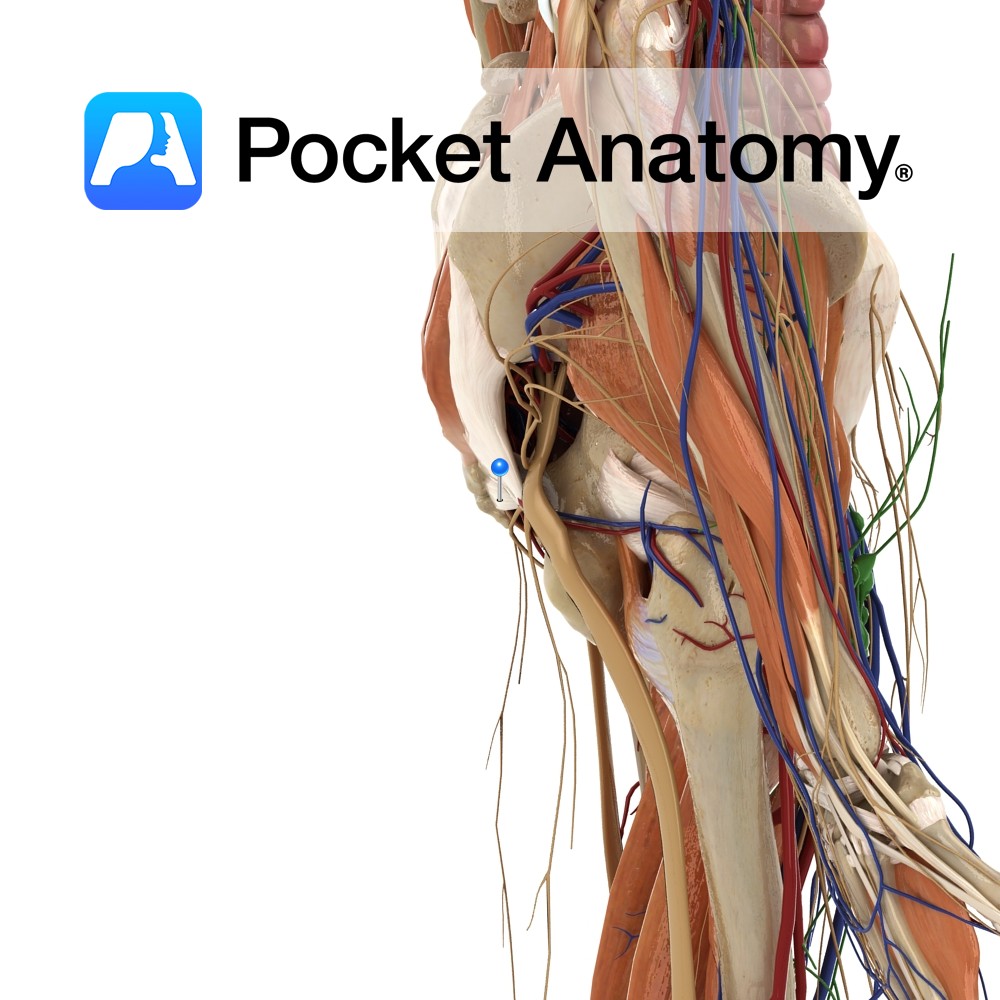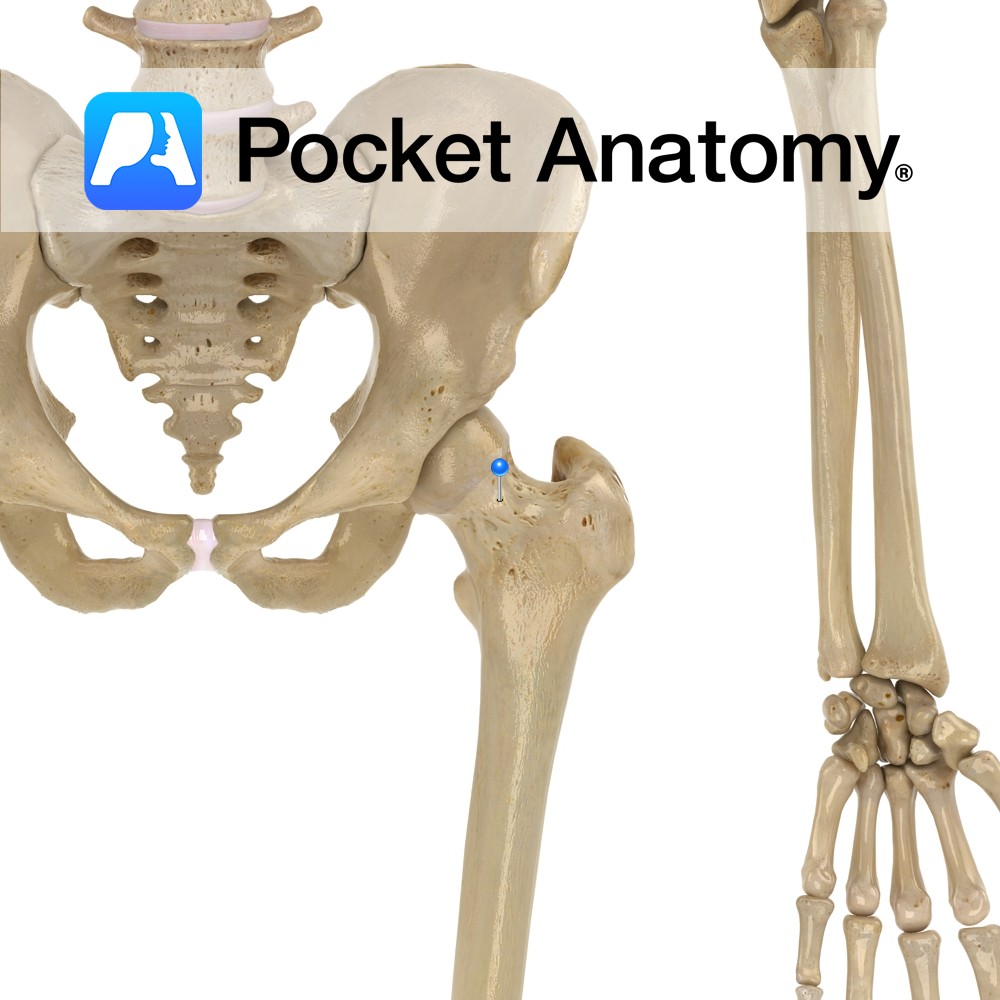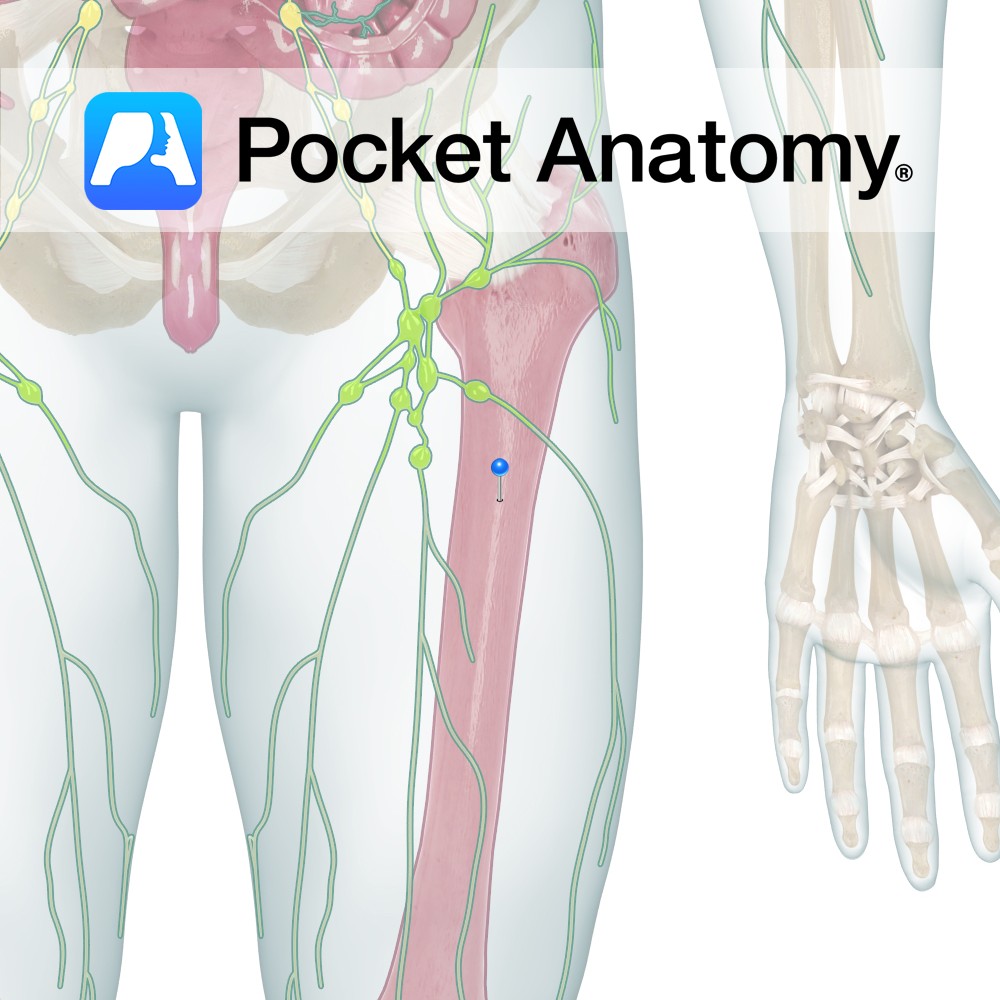Anatomy
Origin:
Body of the pubis, tendinous arch of obturator fascia and pelvic surface of ischial spine.
Insertion:
Coccyx, around the anal canal and the anococcygeal ligament.
Key Relations:
-Forms posterior part of the levator ani muscle.
-Contributes to formation of the pelvic diaphragm in association with coccygeus (for more information see the above layer) and the other levator ani muscles- pubococcygeus and puborectalis.
Functions
-Levator ani contributes to the formation of the pelvic floor, which supports pelvic viscera and aids in increasing the intra-abdominal pressure e.g. when coughing, vomiting or during forced expiration.
-The medial fibres of levator ani reinforce and compress the visceral canals, the external anal sphincter, the vaginal sphincter in women and the urethral sphincter e.g. controls urine flow..
Supply
Nerve Supply:
-Branches of anterior rami of S3 and S4
-Inferior rectal branch of the pudendal nerve (S3, S4)
Blood Supply:
Inferior gluteal artery.
Clinical
The levator ani muscles work constantly to compress the vaginal and anal sphincter keeping them closed. The ligaments and fascia in the pelvis support the pelvic organs relatively easy when the levator ani muscles are working and the pelvic floor is closed. Relaxation of the levator ani muscles, which can occur physiologically or as a result of damage, opens the pelvic floor and increases pressure on the ligaments and fascia as they have to support the pelvic organs alone. If this occurs for prolonged periods of time it can result in prolapse often requiring surgery.
Interested in taking our award-winning Pocket Anatomy app for a test drive?





.jpg)